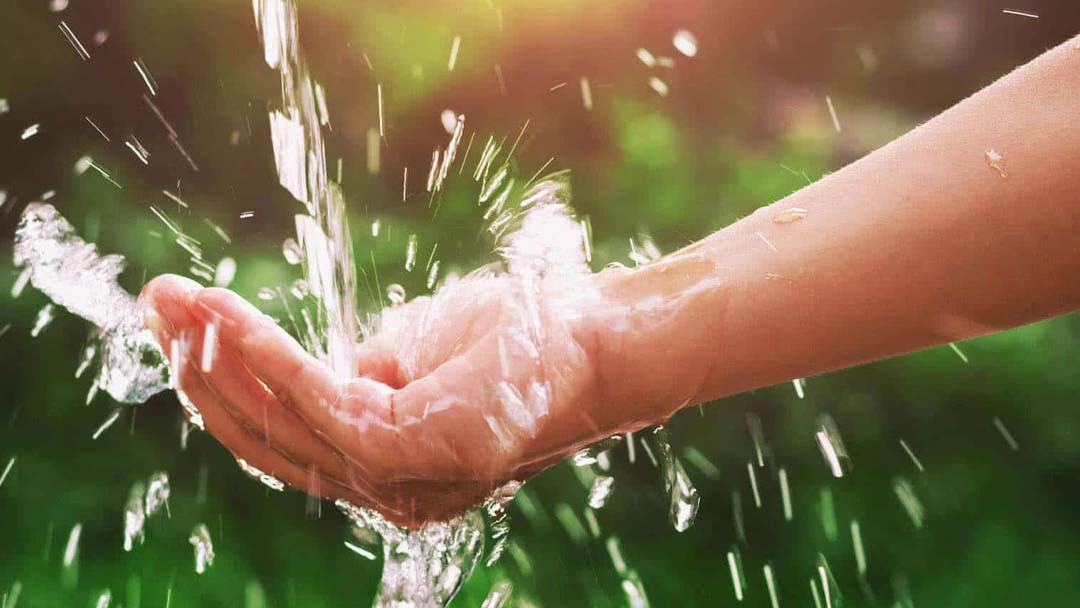According to the U.N., water scarcity affects four out of every 10 people and by 2025 they expect 1.8 billion people to be living in countries or regions with absolute water scarcity. Unchecked, the inevitable result of this situation is more conflict and emigration. The causes stem from population growth, environmental degradation, and the impacts of climate change, which leads to severe drought and flooding. Likewise, a lot of water is used to excess and often not recycled. Ironically, drought and lack of water infrastructure are factors driving people to cities, particularly megacities, where populations can swell into the tens of millions. However, while urbanization is providing billions of people with greater economic opportunities, if planning and infrastructure are missing or deteriorated, people often live with inadequate or even non-existent water and sanitation services. The U.N. estimates that 80 percent of the world’s wastewater flows back into the ecosystem without being treated or reused and that 3.6 million people die each year globally from water-related diseases – 84 percent of whom are children. In India, about 30 percent of people live in cities where populations are expected to double by 2050. This puts intense pressure on already “water stressed” municipalities, many of which are unable to provide regular water supply. The situation is exasperated by surface water pollution and illegal withdrawals from unsanctioned boreholes. Today, 60 percent of irrigated agriculture and 85 percent of domestic water use in India depends on groundwater, which is now severely depleted. Infrastructure and financing are significant challenges for Indian cities. Several lack sewer networks for capturing wastewater and the financial capital to run a wastewater treatment plant. Of the sludge captured and dewatered, most is sent to landfills, rather than being sold or put to use to enrich the much-depleted soil. Also, much of India’s electricity production depends on the extensive use of freshwater for cooling at its thermal power generation plants. When water supply is too low, the power shuts off, which has knock-on effects across the entire economy. However, the situation should improve as India transitions to renewables. The Indian government and several of its municipalities have reached out to the global community for support and expertise to address water and wastewater issues. Given its state-of-the-art centrifuge technology, GEA has supplied numerous biosolids decanters as part of wastewater treatment plants in Bengaluru, Surat, Mumbai and Varanasi. Likewise, several GEA decanters will be hard at work in the city of Gayespur, near Calcutta, and in the northern state of Uttar Pradesh as part of the effort to clean up the Ganges River. “We’re proud to be involved in this historic effort to bring about positive change in India,” says Dinesh Gehani, Regional Product Sales Manager for GEA APAC. “To date, more than 150 GEA environmental Decanters have been sold for industrial effluent and municipal sewage – many of them performing beyond the agreed KPIs. Likewise, the equipment and solutions, which are based on GEA global engineering standards, are being produced in India – which includes installation, maintenance and repairs – providing local, high-skilled jobs.”

